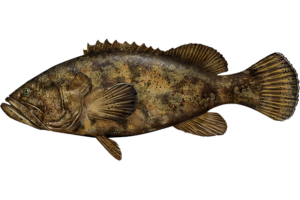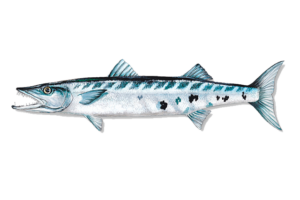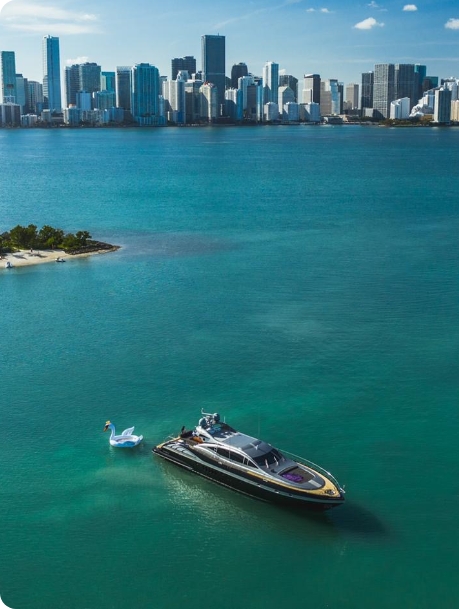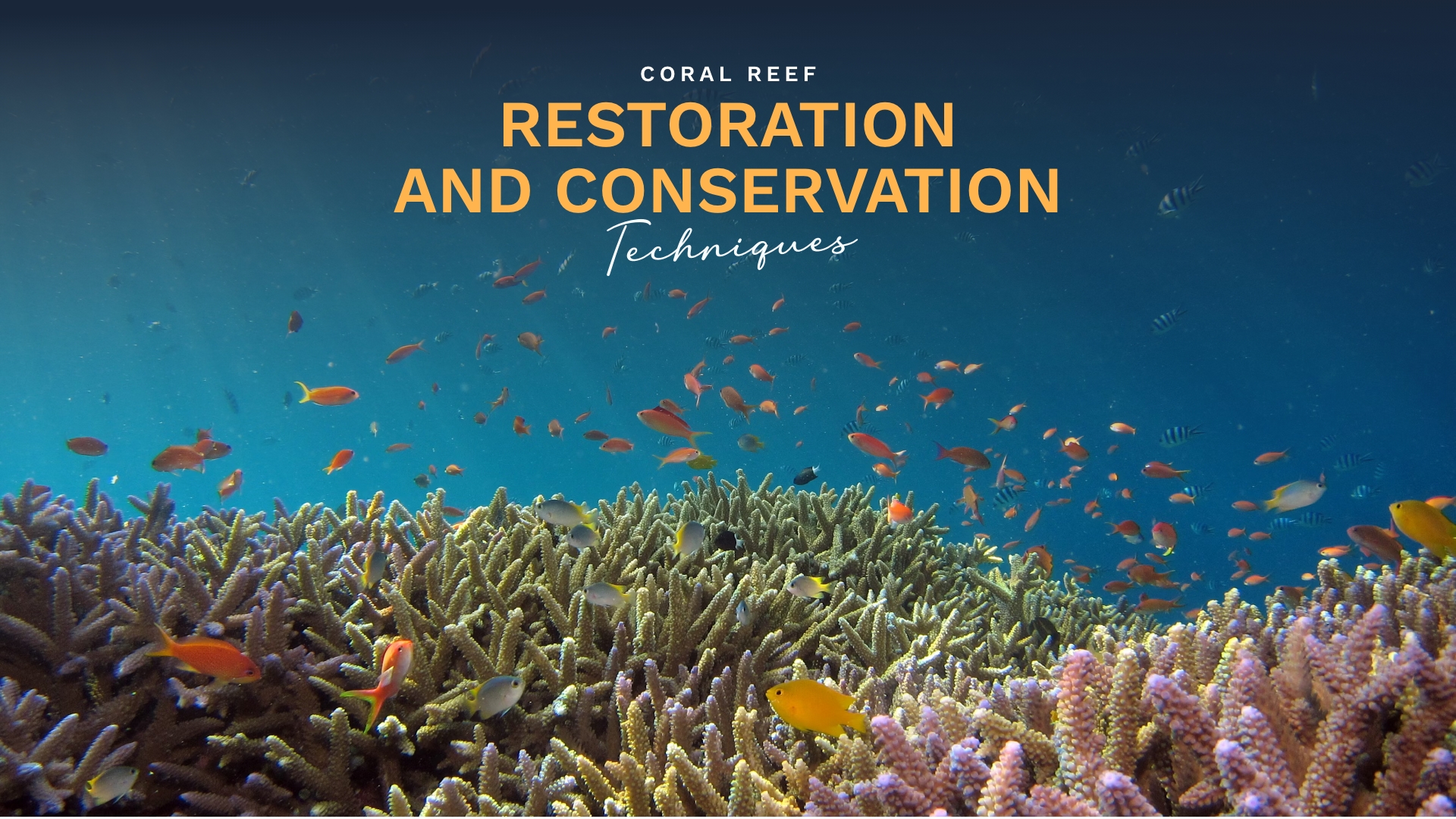
At our company, we are deeply dedicated to preserving the marine ecosystem so about of Coral Reef Restoration. Our team continuously researches care techniques along the routes traveled by our yacht fleets. Whether you are an event organizer, marketing executive, or financial analyst, you are likely aware of our efforts in partnership with 4ocean PBC to protect Florida’s waters. By choosing us for your corporate events, you directly contribute to environmental conservation, enhancing your Corporate Social Responsibility Impact Reports. Respecting the environment is also a form of equality and inclusion.
Understanding Our Marine Life
Let’s explore the diverse marine life found in the reefs near Miami, which are akin to forests within the sea, providing homes for many species: (Images from NOAA Fisheries)
Snapper: Common species include red snapper and yellow snapper.
Grouper: Species such as black grouper and red grouper are popular among anglers and divers.
Sergeant Major: A vibrant reef fish common in Miami’s warm waters.

Sergeant major. Abudefduf saxatilis
Barracuda: Known for its menacing appearance and aggressive behavior.
The Critical State of Coral Reefs
Coral reefs are facing global degradation at an alarming rate. Local conservation strategies alone are not enough to preserve and restore their biodiversity and integrity. Both NOAA Fisheries researchers and fisheries managers are focusing on coral restoration to counteract this degradation and enhance the recovery potential of damaged coral populations. Coral restoration involves rehabilitating reefs that have lost their physical, biological, or functional integrity, aiming to return them to their original state.
Tire Reef Cleanup Initiative
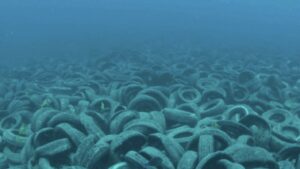
Osborne Reef – Image from www.thecooldown.com
In the 1960s, waste tire stockpiles were believed to encourage new coral growth, improving biodiversity and benefiting the local economy. This idea called Osborne Reef received widespread support and led to the creation of an artificial reef made from over two million tires. However, this initiative faced significant challenges, which led us to cleanup efforts with 4ocean PBC.
“To date we have removed a ton of debris from these old tires”
Successful Reef Restoration Techniques
Reef restoration has become a global effort, with numerous organizations working towards rescuing reefs. Effective techniques have been identified, such as the use of concrete, which has proven to be the most efficient. While methods involving nails and zip ties work, they take longer for coral fragments to merge with the seabed and create new ecosystems. All activists in favor of our reefs agree that the most important thing for achieving success in coral restoration is through nurseries. The cleaning and maintenance of the nurseries are vital for implementing restoration programs.
By supporting these initiatives, we contribute to the preservation and restoration of our precious marine environments, ensuring a healthier and more sustainable future for all. Thank You.



